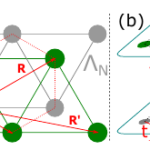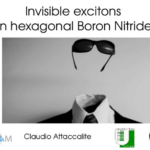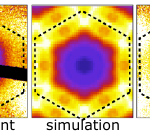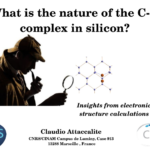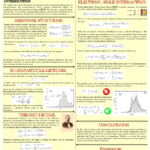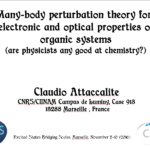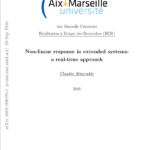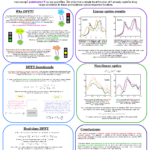Sum Frequency Generation
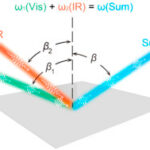
In this talk I present our new results on sum/difference frequency generation in 2D material. We also discuss the possibility to tune non-linear response using static or ThZ electric fields, you can find the slides of my talk here:SumFrequencyGeneration.odp and the two reference papers here: Sum frequency generation from real-time simulations in two-dimensional crystals MN…. Read More

